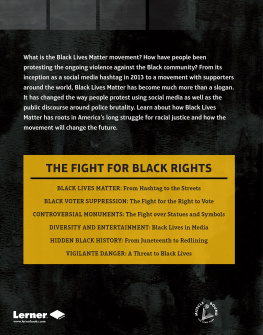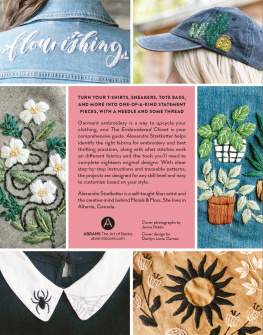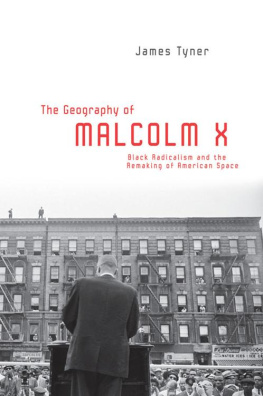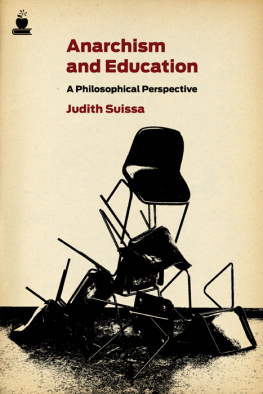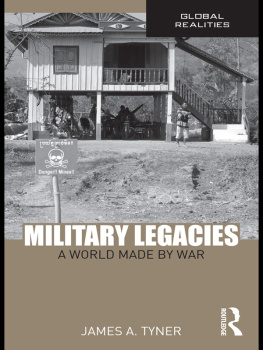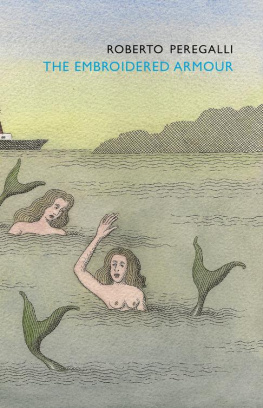Stitching the World
Studies in Historical Geography
Series Editor: Professor Robert Mayhew, University of Bristol, UK
Historical geography has consistently been at the cutting edge of scholarship and research in human geography for the last fifty years. The first generation of its practitioners, led by clifford Darby, carl Sauer and Vidal de la Blache presented diligent archival studies of patterns of agriculture, industry and the region through time and space.
Drawing on this work, but transcending it in terms of theoretical scope and substantive concerns, historical geography has long since developed into a highly interdisciplinary field seeking to fuse the study of space and time. In doing so, it provides new perspectives and insights into fundamental issues across both the humanities and social sciences.
Having radically altered and expanded its conception of the theoretical underpinnings, data sources and styles of writing through which it can practice its craft over the past 20 years, historical geography is now a pluralistic, vibrant and interdisciplinary field of scholarship. In particular, two important trends can be discerned. Firstly, there has been a major cultural turn in historical geography which has led to a concern with representation as driving historical-geographical consciousness, leading scholars to a concern with text, interpretation and discourse rather than the more materialist concerns of their predecessors. Secondly, there has been a development of interdisciplinary scholarship, leading to fruitful dialogues with historians of science, art historians and literary scholars in particular which has revitalised the history of geographical thought as a realm of inquiry in historical geography.
Studies in historical geography aims to provide a forum for the publication of scholarly work which encapsulates and furthers these developments. Aiming to attract an interdisciplinary and international authorship and audience, Studies in historical geography will publish theoretical, historiographical and substantive contributions meshing time, space and society.
First published 2015 by Ashgate Publishing
Published 2016 by Routledge
2 Park Square, Milton Park, Abingdon, Oxon OX14 4RN
711 Third Avenue, New York, NY 10017, USA
Routledge is an imprint of the Taylor & Francis Group, an informa business
Copyright Judith A. Tyner 2015
Judith A. Tyner has asserted her right under the Copyright, Designs and Patents Act, 1988, to be identified as the author of this work.
All rights reserved. No part of this book may be reprinted or reproduced or utilised in any form or by any electronic, mechanical, or other means, now known or hereafter invented, including photocopying and recording, or in any information storage or retrieval system, without permission in writing from the publishers.
Notice:
Product or corporate names may be trademarks or registered trademarks, and are used only for identification and explanation without intent to infringe.
British Library Cataloguing in Publication Data
A catalogue record for this book is available from the British Library.
The Library of Congress has cataloged the printed edition as follows:
The Library of Congress Cataloging-in-Publication data has been applied for.
ISBN 13: 978-1-4094-2635-6 (hbk)
I can trace my genealogy through needlework artifacts: the Civil War quilt made by my great-great-grandmother, a crocheted baby carriage cover made by my great grandmother when I was born, crocheted edgings on towels and handkerchiefs by my grandmothers, a knitted afghan made by my mother and a baby afghan made by me for my granddaughter Jessicas birth. In the course of this study, I discovered that a great-great-great-aunt had stitched a map sampler. Thus, I dedicate this work to those women, and especially to my late mother, Virginia Wood Zink, for giving me that book on needlework history, and for teaching me needlework skills and an appreciation of the needle arts.
Map samplers and needlework globes worked by young girls as part of their geographic education finally receive the attention they deserve in this well-crafted volume. Tyners attention to detail and use of primary sources make this a must read for needlework and cartographic historians and enthusiasts.
Karen M. Trifonoff, Bloomsburg University, USA
Stitching the World is the definitive scholarly study of an intriguing but little known cartographic genreneedlework maps and silk embroidered globes. Drawing on more than 20 years of museum visits and discussions with dealers in Britain and North America, Tyner serves up a highly readable, richly illustrated investigation of map samplers and the women who made them.
Mark Monmonier, Syracuse University, USA
With her background in cartography and her previous research on women in mapmaking, Judith Tyners book Stitching the World: Embroidered Maps and Womens Geographical Education gives us a fascinating new perspective to the study of needlework. Bringing together examples from both Britain and America, this book documents known examples and provides a rich contextual analysis of their role in the education of women.
Linda Eaton, Winterthur Museum, USA
Many years ago, I was given a book on needlework history. In the book were four tiny black and white photos of embroidered maps. As a cartographer who does needlework as an avocation, I was intrigued and I had many questions. Were these the only examples? The book included them in a short chapter called Embroidered Maps and Needlework Rugs, and only three pages of the chapter were devoted to maps. Where were they made? The examples were all American-made; were they made in other countries? Who made them? They werent included in the chapter on samplers; were they schoolgirl products or a fad of adult women? How were they made? Carbon paper and transfer paper didnt exist; how were maps transferred to the fabric for stitching? When were they made? Most importantly, to my mind, why were they made?
Because I was involved in other research projects, these maps became a back-burnef project, worked on sporadically. I found that maps were scattered in many collections in Great Britain and the United States, with most having only one or two maps. Many of the maps are in private hands, so I often had to make do with photographs. I combined vacations with trips to museums in England and the United States, eventually viewing hundreds of maps and photographs of maps. I was able to find some diaries and letters that mentioned making the maps, and more of these will probably come to light in the future. Five articles and several papers came out of the research as I learned more about these artifacts, slowly answering my questions. Those questions led me down various research pathsneedlework history, womens education, globes, map printing and publishing, textile histories and even jigsaw puzzles.
Goals
This book is not a study of needlework and stitches, nor does it, except in rare cases, contain genealogies of the sampler makers as is common in needlework histories, nor is it a catalog of maps. I look at these maps as a cartographer/geographer, but I bring to it knowledge of needlework and an understanding of what is involved in making maps in this medium.




